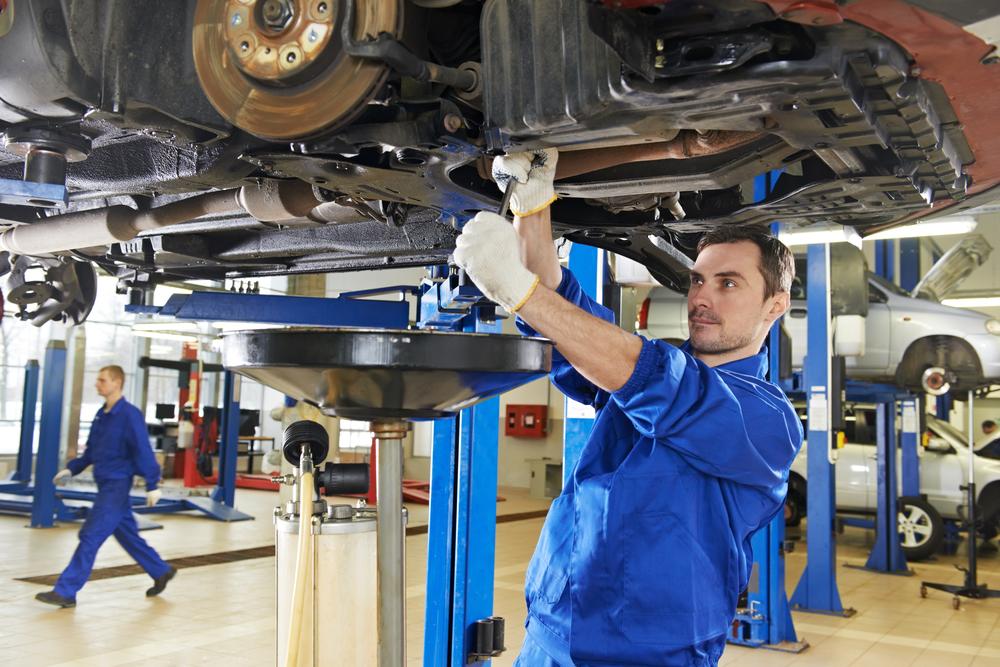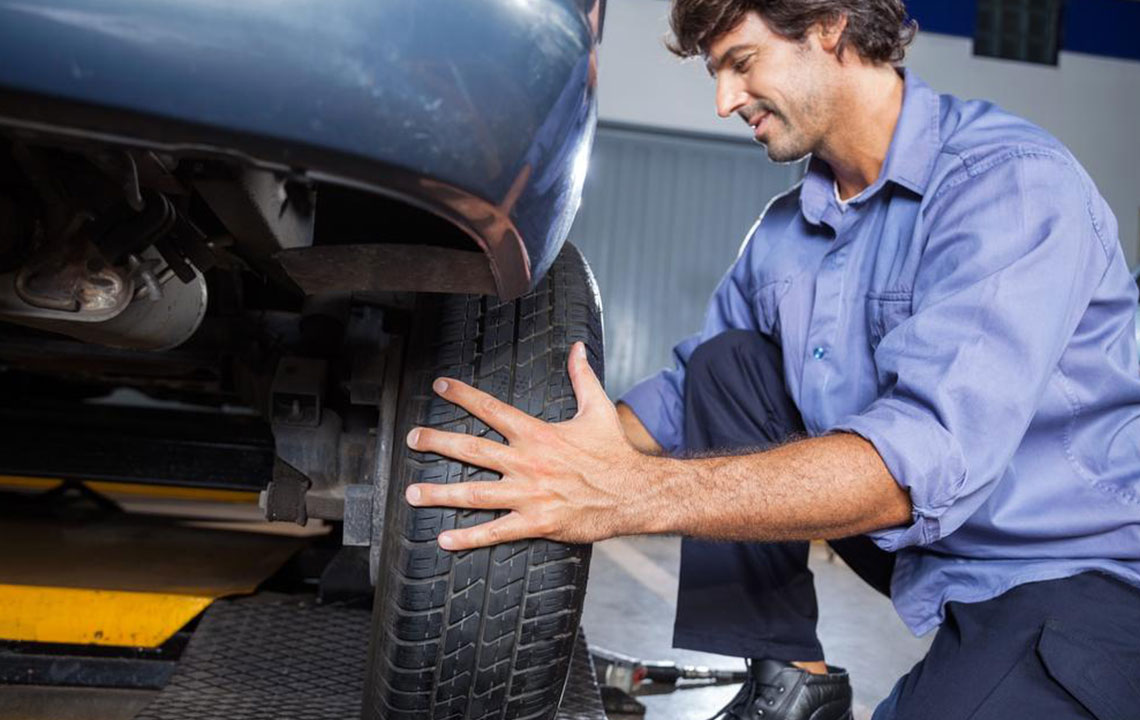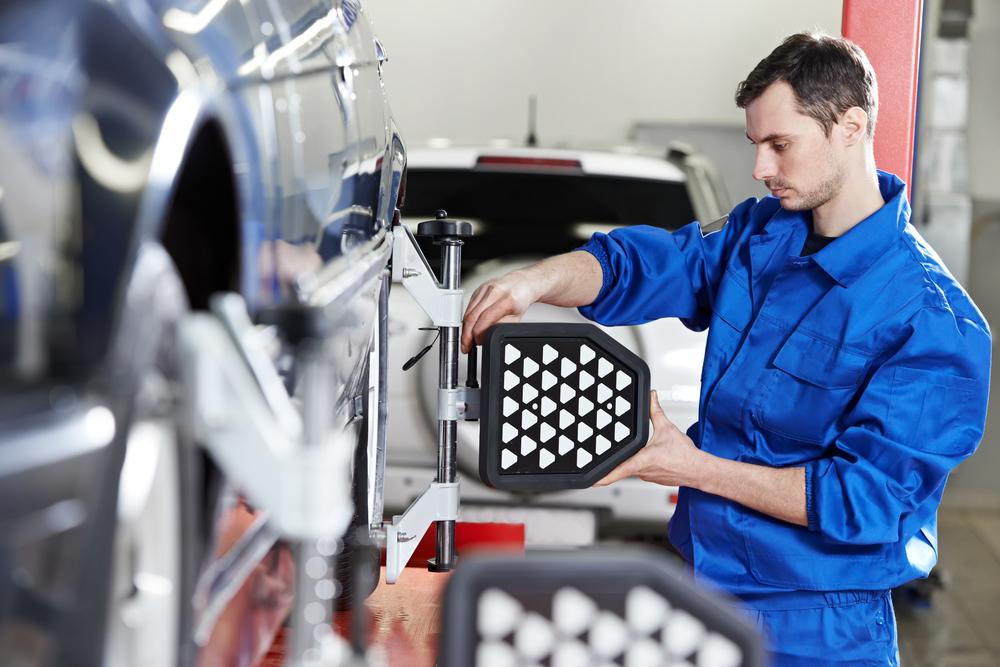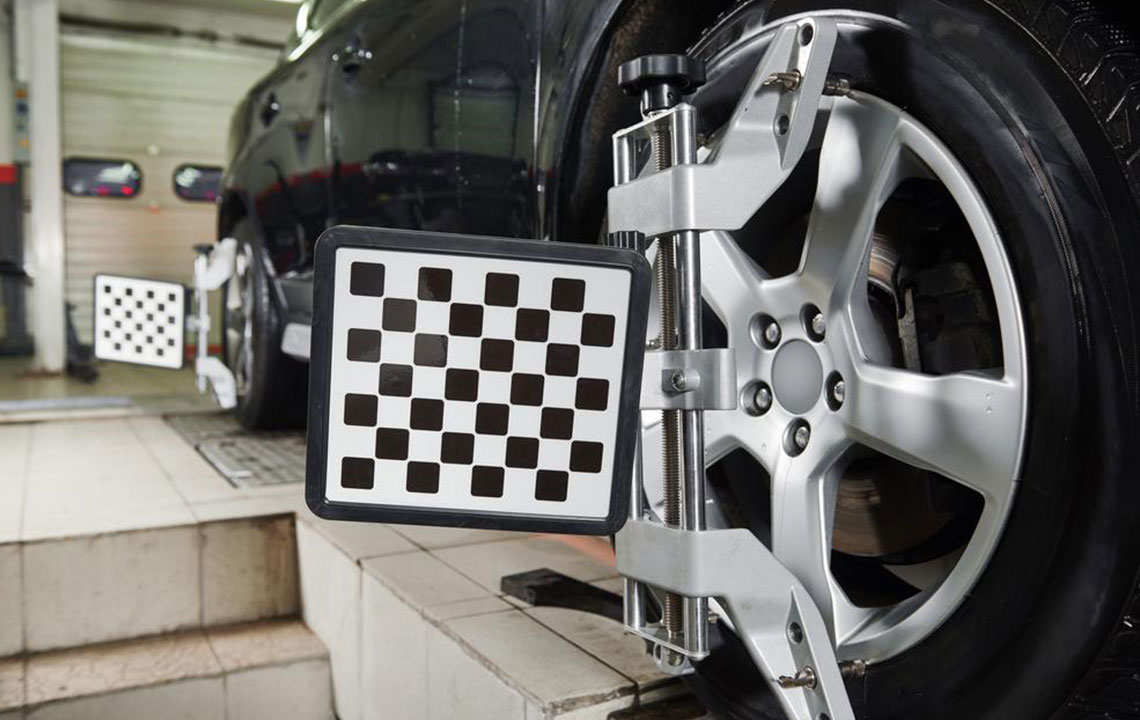Comprehensive Guide to Wheel Alignment Types and Their Importance for Vehicle Maintenance
This comprehensive guide explores the essential types of wheel alignment—front-end, thrust angle, and four-wheel alignment—highlighting their importance for vehicle safety, performance, and tire lifespan. Proper alignment prevents uneven tire wear, improves handling, and increases fuel efficiency. Learn how each type functions and when to seek professional service to keep your vehicle running smoothly and safely.

Comprehensive Guide to Wheel Alignment Types and Their Importance for Vehicle Maintenance
Maintaining proper wheel alignment is a crucial aspect of vehicle care that directly impacts safety, performance, and tire longevity. Issues with your vehicle's alignment often arise from common road hazards such as potholes, hitting curbs, or from general wear over time. Recognizing the signs of misalignment early can help prevent further damage and costly repairs. These signs include your car pulling to one side during straight-line driving, vibrations through the steering wheel, or the steering wheel sitting crooked even when driving straight. Addressing alignment problems promptly not only improves the vehicle's handling but also enhances fuel efficiency and prolongs tire life.

Understanding the different types of wheel alignment available is essential for maintaining optimal vehicle performance. There are mainly three types of wheel alignments that automotive professionals use, each suited to different vehicle configurations and driving needs. Grasping the differences among these alignment types helps vehicle owners choose the right service and ensures their car remains safe, efficient, and comfortable.
Front-End Alignment
The most common type of alignment, front-end alignment, involves adjusting the angles of the front wheels in relation to the vehicle's centerline. This process ensures that the wheels point correctly straight ahead and are properly aligned with the rear axle. During this procedure, mechanics typically focus on two key parameters: toe-in and toe-out. Toe-in occurs when the front edges of the wheels point inward, while toe-out means they point outward. Proper front-end alignment reduces tire wear, improves steering response, and can make driving smoother. It also minimizes the strain on steering components, which can reduce repair costs over time.
Thrust Angle Alignment
Thrust angle alignment is a vital process focused on the relationship between the front and rear axles. It ensures that both the front wheels and rear wheels are parallel to each other and aligned along the same thrust line. This alignment type is particularly important for vehicles with rear-wheel or all-wheel drive systems, or those with unibody constructions. Proper thrust angle alignment enhances vehicle stability, improves handling, and boosts fuel efficiency by ensuring that all four wheels work harmoniously together. If the thrust angle is out of adjustment, the vehicle may drift, pull to one side, or experience uneven tire wear, which can compromise safety and increase maintenance costs.
Four-Wheel Alignment
Designed for vehicles with independent suspension systems or four-wheel-drive configurations, four-wheel alignment is a comprehensive procedure that adjusts all four wheels simultaneously. This type of alignment considers all the essential angles—camber, caster, and toe—and makes sure they are within specified limits. Proper four-wheel alignment ensures that all four wheels are parallel and correctly oriented relative to each other and the street. This alignment type is particularly beneficial for trucks, SUVs, or high-performance vehicles that require precise handling. Neglecting four-wheel alignment can lead to compromised handling, increased tire wear, and reduced vehicle safety and performance.
To conclude, understanding the different types of wheel alignment is fundamental for vehicle owners looking to maintain their cars in top condition. Regular alignment checks can prevent uneven tire wear, improve fuel efficiency, and enhance driving comfort. Whether you need a simple front-end alignment or a comprehensive four-wheel adjustment, consulting a professional mechanic ensures your vehicle remains safe and efficient on the road. Investing in proper wheel alignment not only safeguards your vehicle's performance but also saves money in the long term by reducing tire replacement and repair costs. Prioritize regular maintenance and stay aware of the signs indicating misalignment to enjoy a safer, smoother, and more economical driving experience.





